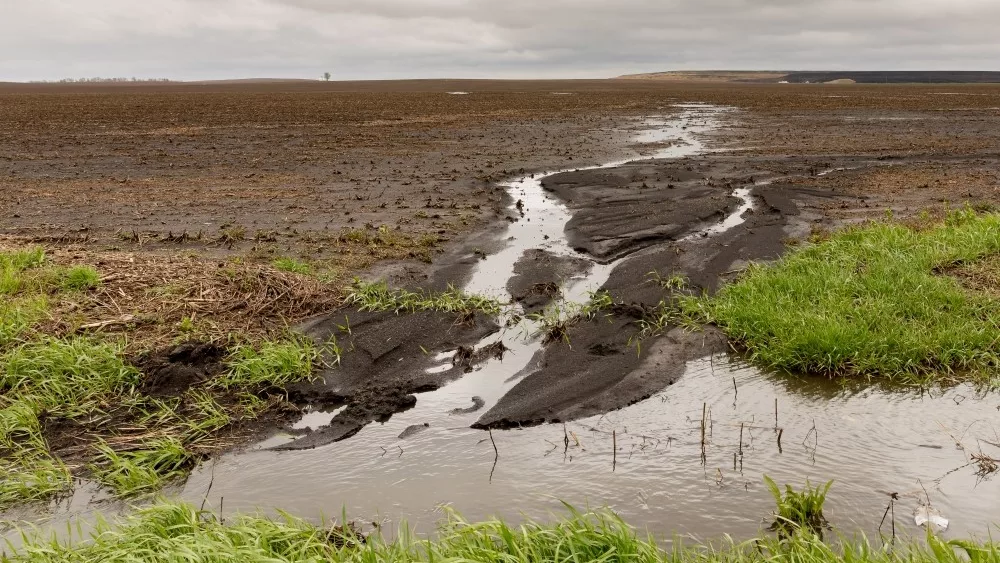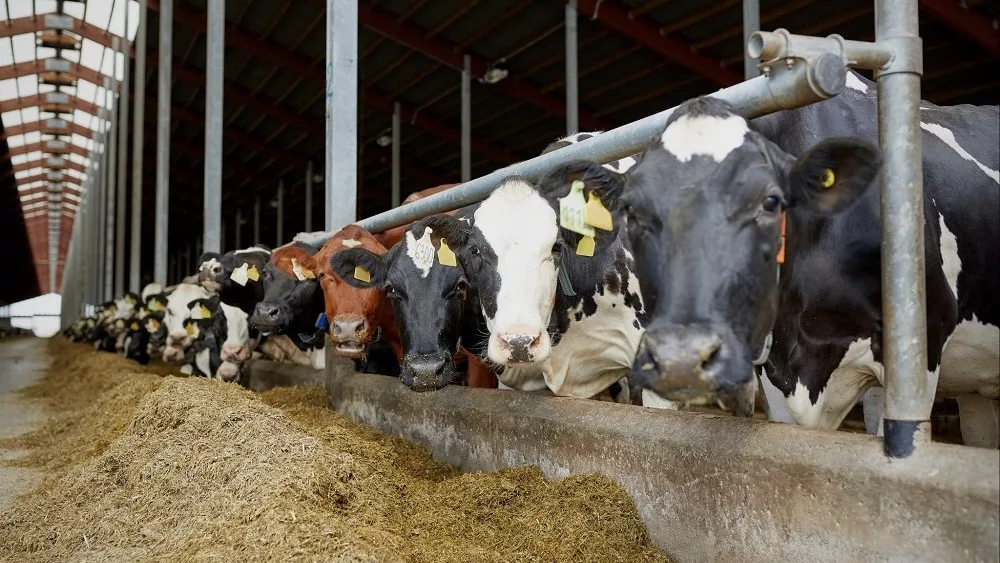
Joe Cramer, executive director of the Michigan Bean Commission, has been on several calls with commodity groups. He’s heard about the negative impacts of COVID-19 on their industry. When it gets to be his turn to speak, he says he feels a little guilty about the news he shares.
“I feel bad when I say, ‘In all fairness, our biggest concern is that we’re going to run out of product before our next harvest,’” he said. “It’s good to have some good news in the midst of everybody else’s problems.”
Cramer has heard reports that the dry bean business has seen a domestic demand increase of 230 to 300 percent since the pandemic began. While the entire Michigan dry bean crop or the U.S. crop has not been sold, north of 90 percent has been sold.
“We’ve got a long way to go before harvest, and we’re going to put a crop in the ground that we’ve got a home for almost everything we can plant going forward,” said Cramer.
Increased consumption has been happening around the world. Cramer said other bean-growing countries are exhausting their current inventory as well during the pandemic. Product has been tough to come by.
“It doesn’t matter if you’re in Nicaragua or Mexico, the U.S. or Canada, the bean supply is very tight,” he said.
The next big harvests will be Argentina next month, Mexico in July, and the U.S. in the fall. Favorable weather is always important, but Cramer says it’s especially important.
“We’ve got a long time to go where we’re counting on Mother Nature to be kind to us so that we don’t have problems with what’s in the field,” he said. “Our total supply is either growing right now or will be planted shortly.”
Cramer says dry bean acres were already going to be higher in 2020. However, he is expecting to see an increase in acres as much as seed ability allows.
“There’s a finite number of seed, and two or three years ago, they didn’t anticipate this added demand, so seed is very tight,” said Cramer. “That’s going to put a bit of a lid on upside in acreage.”
Compared to fall’s harvest prices, bean classes across the board have increased a minimum of 10 to 15 percent with the increased demand. Cramer says it’s unfortunate growers aren’t in a position to take advantage of the higher prices because it was priced around the end of December. However, this has been great for the industry.
“It’s good to move product, and it’s great that our inventory is now moving at a pretty good pace from processor silos into consumers’ pantries,” he said. “We’d always rather have it stored in a pantry than in a silo if we have a choice.”





